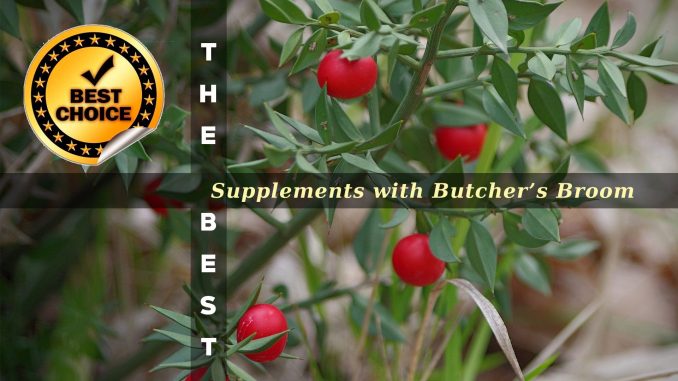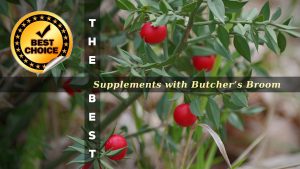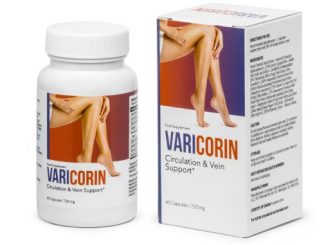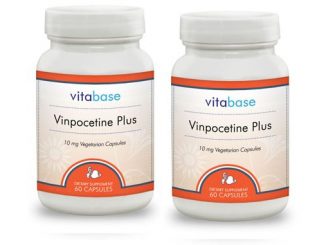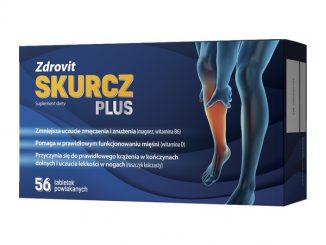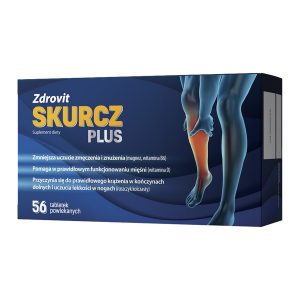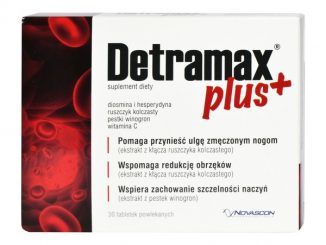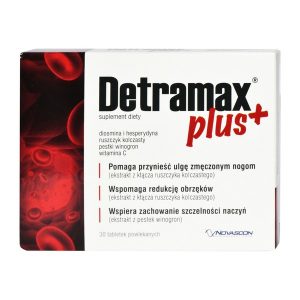The properties of Butcher’s Broom
This plant is known by a number of names: box holly, pettigree, sweet broom, Jew’s myrtle and knee holly. In various forms, butcher’s broom has been used as a laxative, diuretic and circulation booster.
Ruscus Aculeatus has been used by a variety of peoples as a treatment for a variety of ailments. A classical remedy from Europe claimed that the rhizomes could be used as a diuretic. In ancient Greece, butcher’s broom was used as a laxative or diuretic, and it was also believed to remove kidney stones when added to wine. It was also used to reduce swelling and to speed the recovery of fractures.
Butcher’s broom is known most widely for the way it benefits the circulatory system, especially for those with orthostatic hypotension (a drop in blood pressure when going from sitting to standing) and chronic venous insufficiency.
It is a remedy for a large number of problems, including atherosclerosis, gallstones, varicose veins and hemorrhoids.
As supportive therapy for discomforts of chronic venous insufficiency and for complaints of hemorrhoids. Aqueous-alcoholic extract of the rhizomes contains steroid saponins (up to 6% of the extract). The pirostanol glycosides, degluconeoruscin and deglucoruscin from the extract are absorbed in human plasma after oral administration. Besides, the rhizomes contain two furastanol glycosides, gluconeoruscoide and deglucoruscoside.
The extract is used for the treatment of venous insufficiency and enters into dermatological and cosmetic compositions for the treatment of dark skin under the eye and into anti-ageing and anti-sun-tanning preparations.


























































